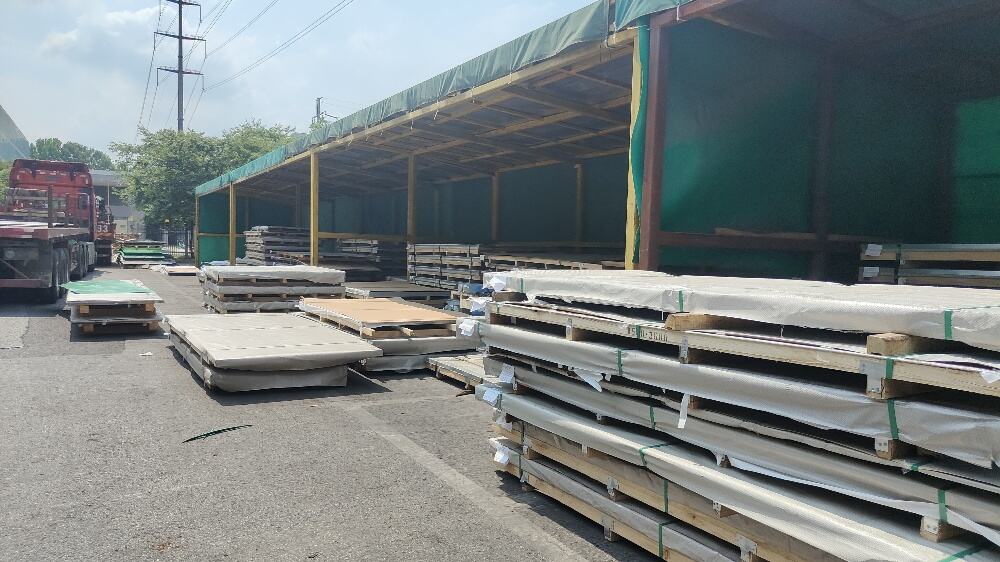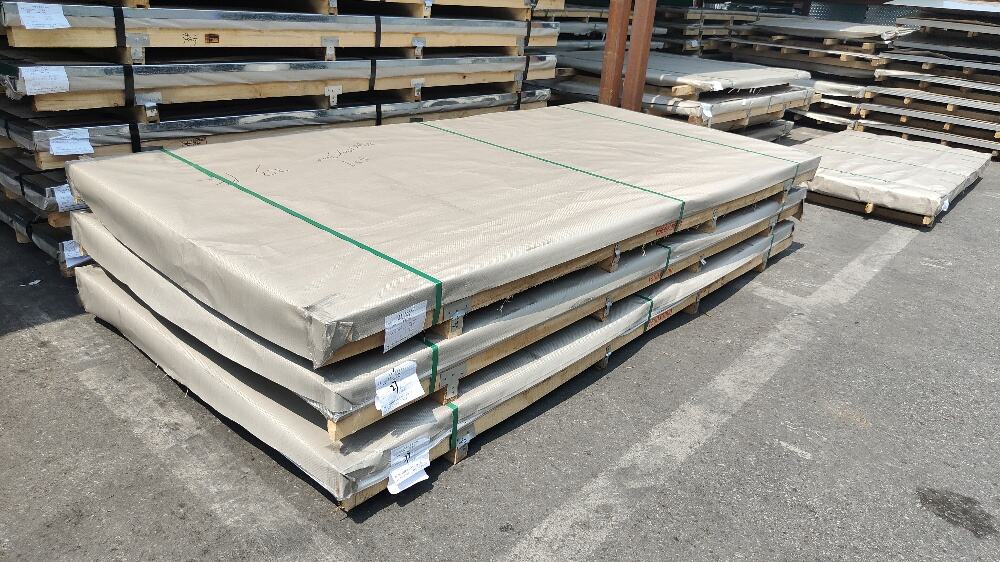As a professional stainless steel factory, we often receive inquiries from customers about the selection of 420J1 and 420J2 stainless steel plates. Both materials belong to the martensitic stainless steel series and have their own characteristics in terms of hardness, corrosion resistance, and machinability. So, what are the specific differences between 420J1 and 420J2 stainless steel plates? Let's take a look together!

Definition Of 420J1 And 420J2 Stainless Steel
Both 420j1 and 420j2 are low-carbon martensitic stainless steels, which are variants of the 420 series of stainless steels.
420j1 has good hardness, toughness and corrosion resistance, and is a material commonly used for medium and low strength requirements. The main feature of 420J1 stainless steel is that it can maintain a certain strength and hardness while having good processing performance, high oxidation resistance and corrosion resistance.
The main feature of 420j2 is that it has a slightly higher carbon content than 420J1, usually between 0.20% and 0.30%. This makes 420J2 stainless steel have improved hardness and strength, while still maintaining good corrosion resistance and processing performance.
Chemical Composition
|
Element
|
420J1
|
420J2
|
Function
|
|
C
|
0.16 - 0.25
|
0.26 - 0.40
|
Determines hardness and strength; higher carbon content increases hardness.
|
|
Cr
|
12 - 14
|
12 - 14
|
Improves corrosion resistance and oxidation resistance.
|
|
Mn
|
≤1.0
|
≤1.0
|
Improves hot working performance and enhances toughness.
|
|
Si
|
≤1.0
|
≤1.0
|
Increases strength and hardness.
|
|
P
|
≤0.04
|
≤0.04
|
Excess phosphorus can increase brittleness and should be strictly controlled.
|
|
S
|
≤0.03
|
≤0.03
|
Low content improves machinability.
|
420J1 has a lower carbon content, usually between 0.15%-0.25%. The lower carbon content gives it better toughness and ductility, while having less impact on corrosion resistance.
420J2 has a high carbon content, usually between 0.26% and 0.40%. The high carbon content significantly improves hardness and wear resistance, but reduces toughness and ductility.
Comparison Of Mechanical Properties
|
Mechanical Properties
|
420J1
|
420J2
|
|
Hardness (HRC)
|
35-45
|
50-56
|
|
Tensile Strength (MPa)
|
600-800
|
800-1000
|
|
Ductility (%)
|
High
|
Low
|
|
Impact Toughness
|
High
|
Relatively Low
|
Heat Treatment Characteristics
420J1 and 420J2 are martensitic stainless steels, and the main purpose of their quenching treatment is to improve the hardness and wear resistance of the material. Due to the different carbon content, the quenching temperature range of the two is somewhat different, but generally similar. The following are the recommended quenching temperature ranges for the two materials:
 420J1 quenching temperature
420J1 quenching temperature
Temperature range: 980℃ - 1050℃
420J1 has a low carbon content (0.15%-0.25%). After heating to the above temperature, the carbides are completely dissolved in the austenite to form a uniform martensite structure.
Cooling method: Oil cooling or air cooling is usually used to ensure appropriate hardness while avoiding the risk of cracking.
 420J2 quenching temperature
420J2 quenching temperature
Temperature range: 1000℃ - 1080℃
420J2 has a high carbon content (0.26%-0.40%), so a higher quenching temperature is required to ensure that the carbides are fully dissolved.
Cooling method: Oil cooling is usually used for rapid cooling to ensure a higher hardness, but it should be noted that too fast cooling may cause cracking.
 Key points of heat treatment
Key points of heat treatment
Heating rate: The temperature must be raised evenly to avoid excessive internal temperature differences that lead to stress concentration and deformation.
Holding time: Keep the temperature at the quenching temperature for a certain period of time to ensure that the carbides are fully dissolved, but too long may cause grain growth.
 Cooling method selection:
Cooling method selection:
Oil cooling: used for workpieces that require higher hardness, such as tools and industrial parts.
Air cooling: used for workpieces that reduce the risk of cracking, such as thin-walled parts.
 Hardness performance after quenching
Hardness performance after quenching
420J1: The hardness after quenching can generally reach 35-45HRC, which is suitable for occasions with high toughness requirements.
420J2: The hardness after quenching is usually 50-56HRC, which is suitable for occasions with high hardness and wear resistance requirements.
According to the specific use and performance requirements, tempering treatment can be performed after quenching to adjust the balance between hardness and toughness.
Comparison Of Corrosion Resistance:
Although the chromium content of 420J1 and 420J2 is the same, the difference in carbon content affects the corrosion resistance.
 420J1: The carbon content is lower, less carbides are precipitated in the internal structure, and the surface is more uniform, so it performs better in weak acid, weak alkali and humid environments.
420J1: The carbon content is lower, less carbides are precipitated in the internal structure, and the surface is more uniform, so it performs better in weak acid, weak alkali and humid environments.
 420J2: High carbon content leads to more carbides precipitation, which may become the starting point of corrosion, thus reducing corrosion resistance.
420J2: High carbon content leads to more carbides precipitation, which may become the starting point of corrosion, thus reducing corrosion resistance.
Therefore, in a mildly corrosive environment (such as humid air), the two materials perform equally. In a chloride-containing or acidic environment, 420J1 performs better.
Application Fields
|
Application Fields
|
420J1
|
420J2
|
|
Tableware
|
Forks, spoons, plates with high gloss and easy processing
|
Kitchen knives, razor blades requiring high hardness
|
|
Decorative Components
|
Polished stainless steel ornaments or fittings
|
Industrial tools with wear-resistant surfaces
|
|
Mechanical Parts
|
Light-load components with good machinability
|
High-load components requiring durability
|

Although 420J1 and 420J2 belong to the 420 series of stainless steel, they show their own advantages in practical applications due to their different carbon content, hardness, wear resistance and heat treatment. As a professional stainless steel factory, we advise customers to choose appropriate materials according to their specific needs. At the same time, we can provide technical support and customized services to ensure that the material performance maximizes your product requirements.
We are a professional manufacturer of various steel products with complete specifications. Welcome to contact us!
 +86 17611015797 (WhatsApp )
+86 17611015797 (WhatsApp )  info@steelgroups.com
info@steelgroups.com
